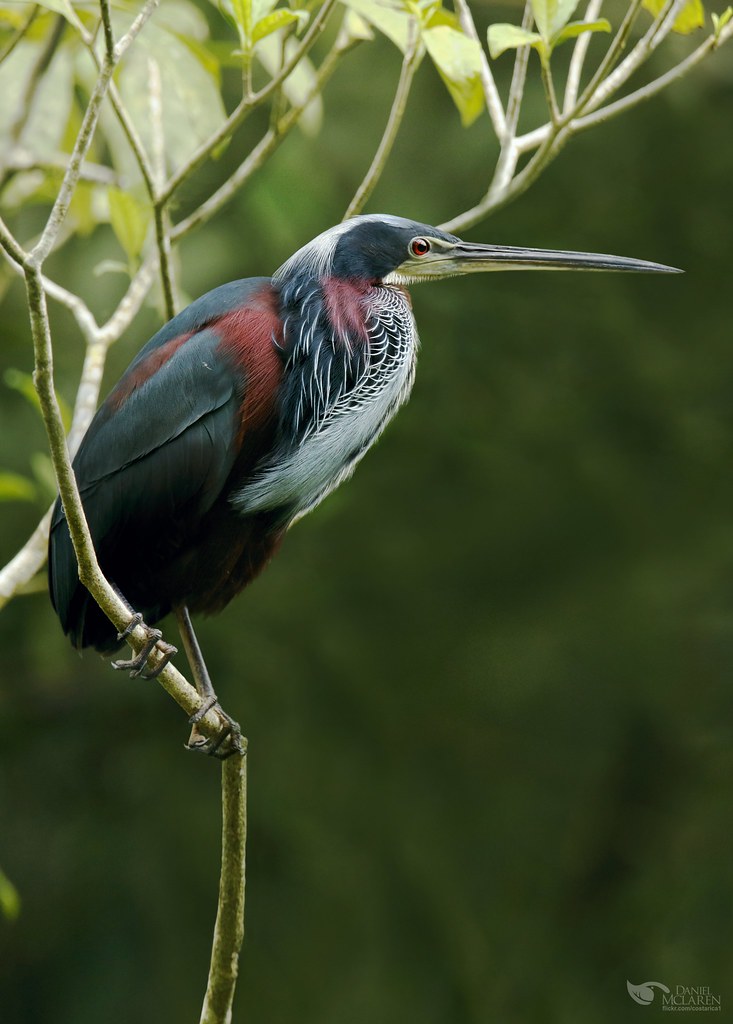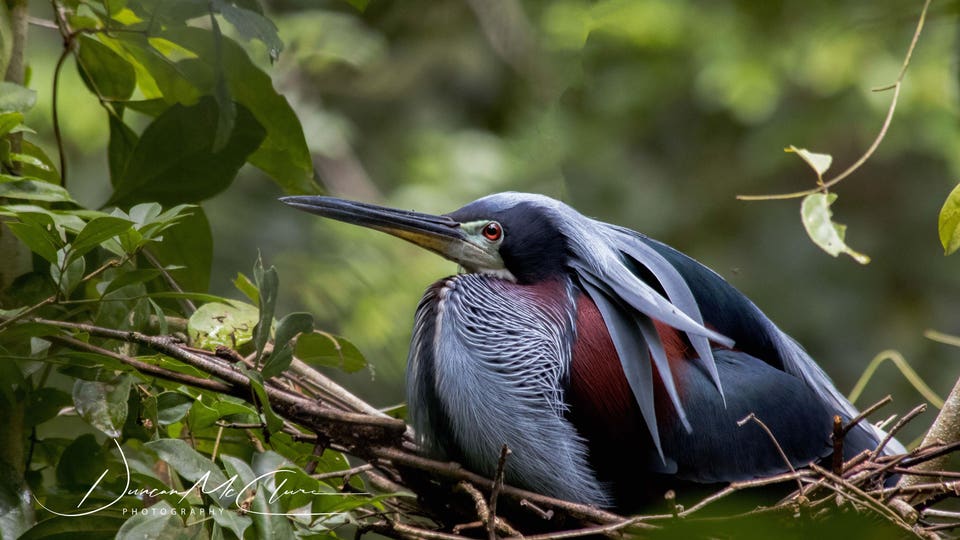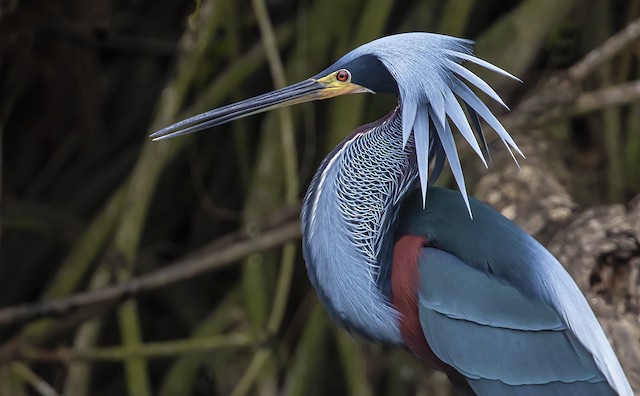Mesmerizing Enchantment: The Alluring Splendor of Exotic Bird Species

Behold this extraordinary avian species, measuring 66–76 centimeters (26–30 inches) in length. It boasts short legs for a heron, accompanied by a slender bill that surpasses the length of its head. A chestnut hue adorns its neck and underparts, adorned with a captivating white stripe running down the center of its front. The wings shimmer with a lustrous green sheen. Delicate pale blue feathers grace its crown, sides of the front, and lower back, adding an enchanting touch. Dull yellow hues grace its legs, bill, and bare facial patch, which can transition to a reddish tone during the breeding season. While the sexes exhibit similar features, juveniles predominantly exhibit shades of brown above, complemented by a white foreneck and streaked brown-and-white underparts. In their nests, they lay a clutch of two blue eggs, completing their remarkable life cycle.

Distribution and Habitat
The agami heron thrives within the Neotropical region, spanning across Central and South America. Its habitat stretches from southeastern Mexico, through Central America and the Caribbean, to the Amazon basin in South America, encompassing countries such as Mexico, Guatemala, Belize, El Salvador, Honduras, Nicaragua, Costa Rica, Panama, Colombia, Ecuador, French Guiana, Suriname, Guyana, Venezuela, Peru, Bolivia, and Brazil.
This captivating species predominantly resides in secluded areas. Its preferred habitats include swamp forests, mangroves, forest streams, and freshwater wetlands. Typically, they dwell at elevations ranging from sea level up to 300 meters (1,000 feet), although sightings have been recorded as high as 2,600 meters (8,500 feet) in the Andes. They establish their nests within single-species or mixed-species colonies, constructing platforms of twigs in bushes and trees above bodies of water. While few colonies have been documented thus far, some are impressively large, comprising hundreds or even over a thousand nests. Notable colony locations include a tiny island at the heart of the Pacuare Nature Reserve in Costa Rica, the Tapiche Reserve in Peru, the Marais de Kaw-Roura National Reserve and Amazonian National Park in French Guiana, as well as other colonies outside protected areas in Colombia, Mexico, and Belize.
Behavior
Despite its striking plumage, this elusive species prefers the shelter of shade and overhanging vegetation, resulting in infrequent sightings. It is a quiet bird, though pairs and family groups may produce soft snoring or rattling sounds. When disturbed, their typical response involves emitting rattling sounds and gracefully retreating.
Agami herons gracefully stalk their prey, including fish, frogs, small reptiles, and snails, in shallow, shaded waters amidst forested regions. They often remain motionless on perches or in the water, or move with remarkable slowness. Open-water wading is a rarity for them. Their diet primarily consists of characins, such as the Triportheus angulatus and Astyanax angulatus, both of which are surface-swimming fish. Occasionally, they may also indulge in cichlids like Aequidens.
Several courtship behaviors have been observed, exhibited by both male and female agami herons. Their facial lores can transform into an intense red hue, while both sexes display short-lived silver crests, enhancing their already captivating presence.






